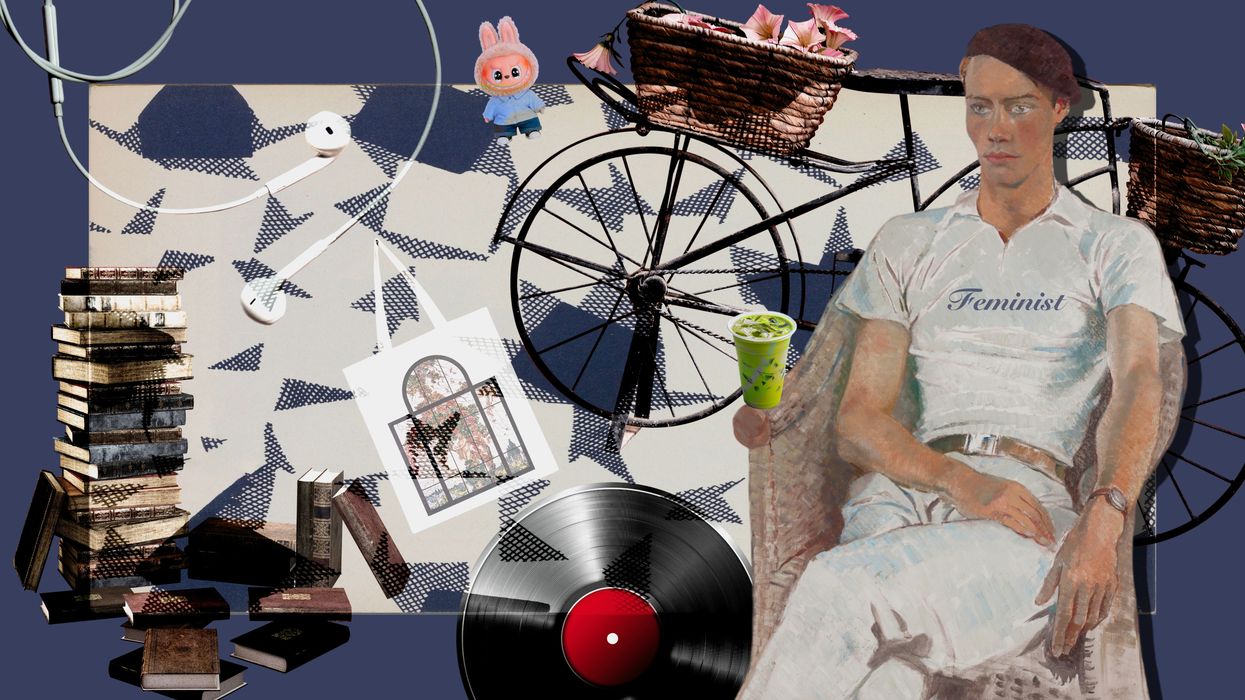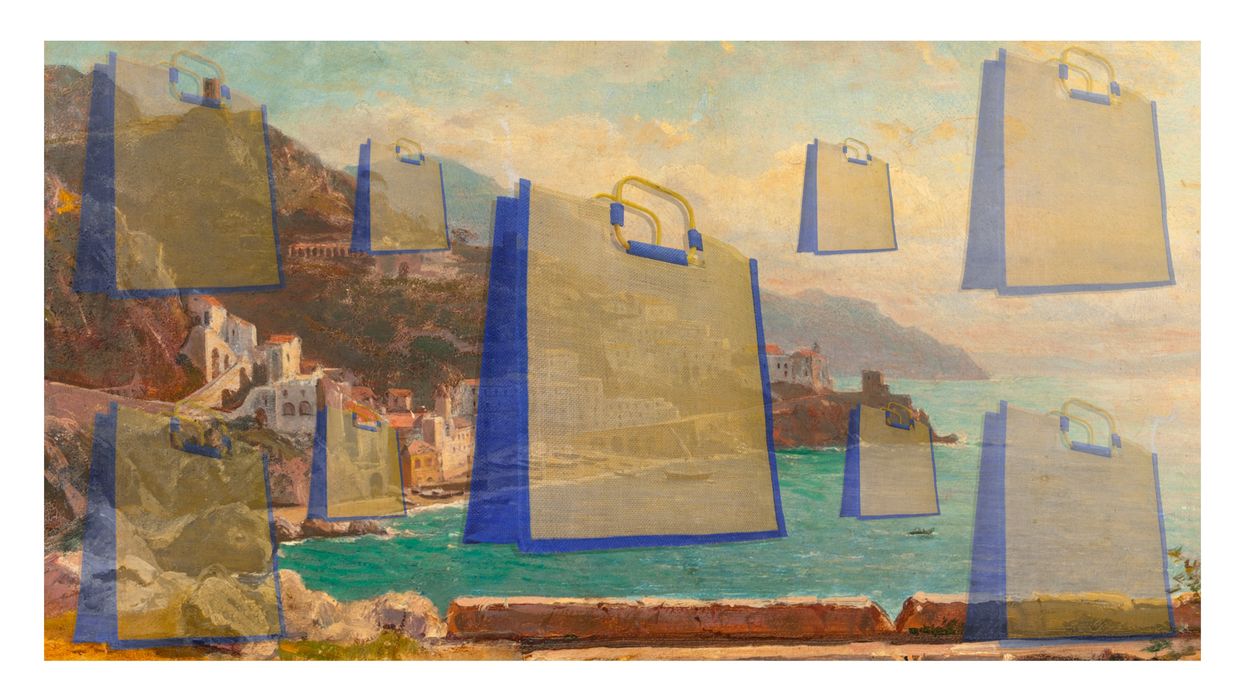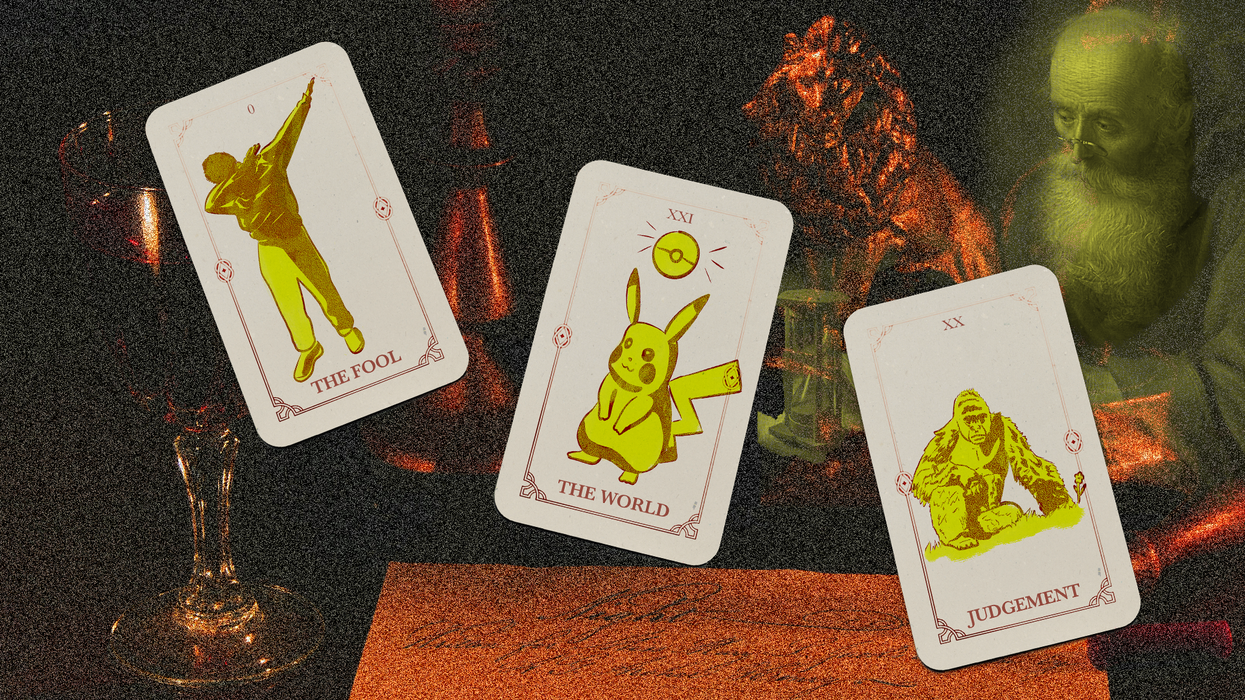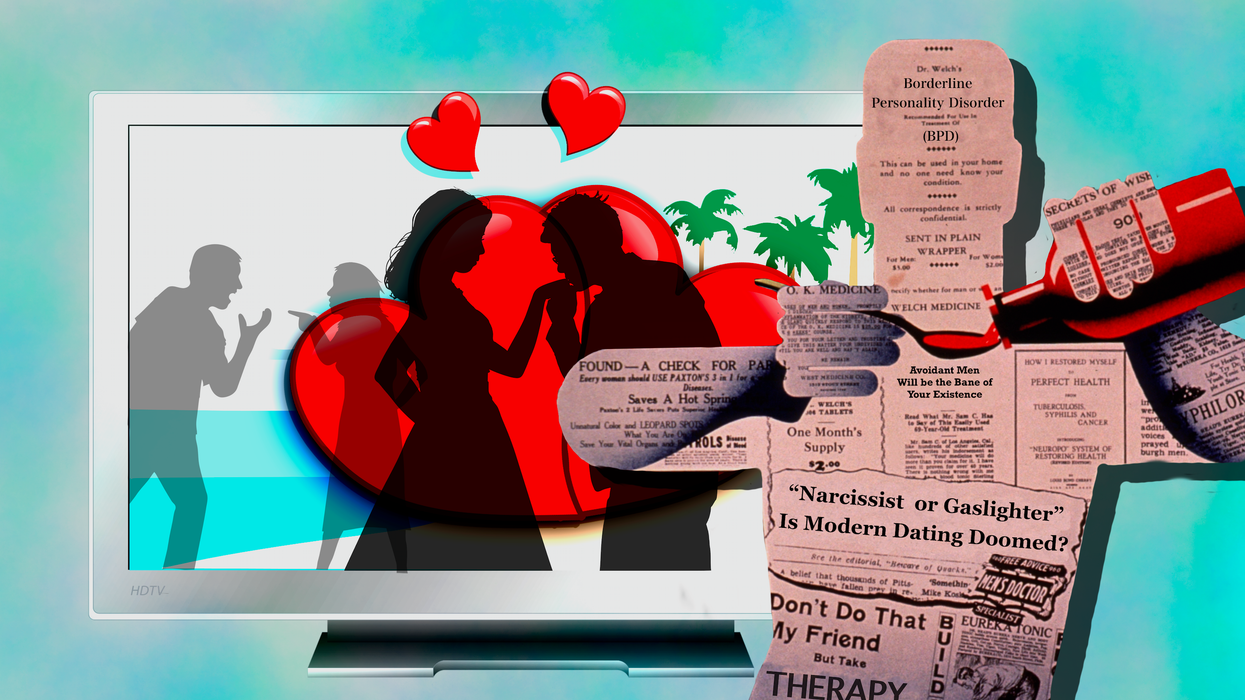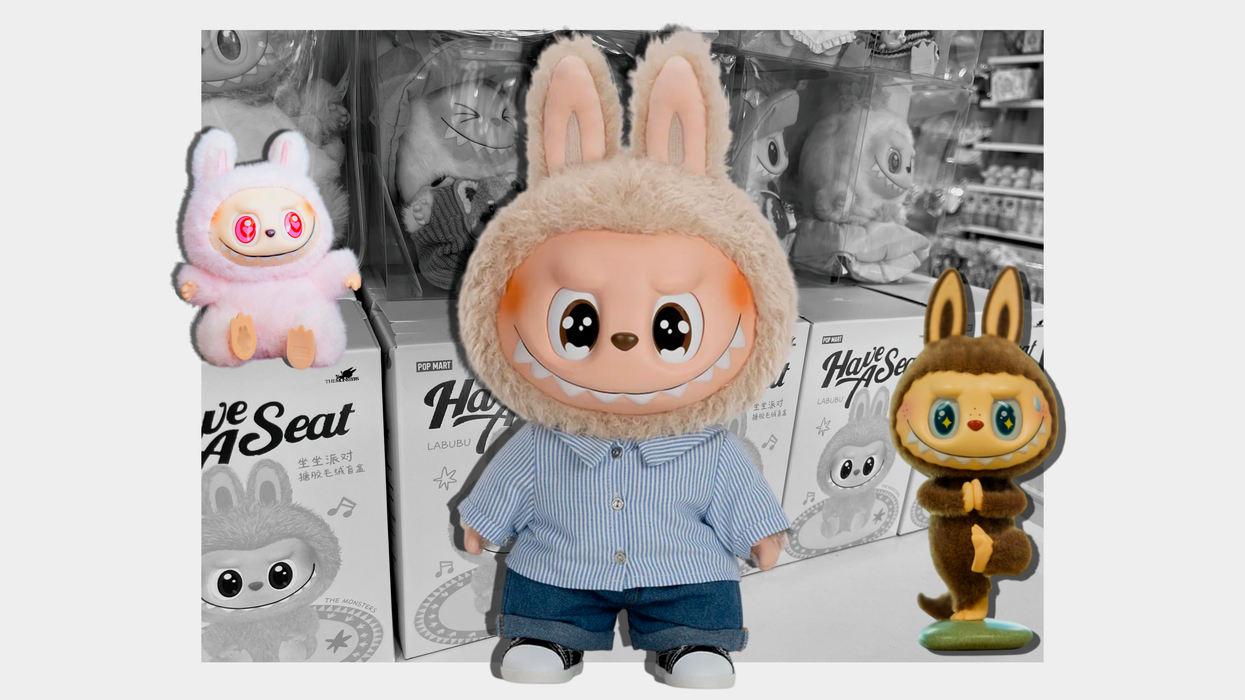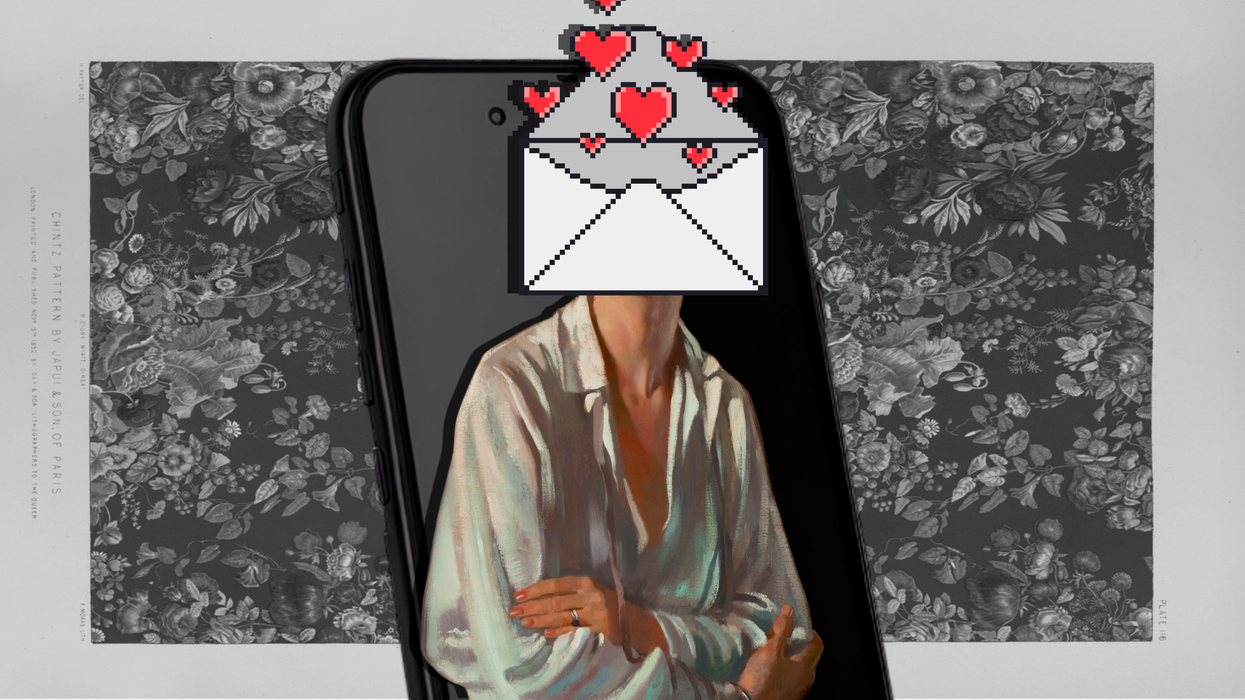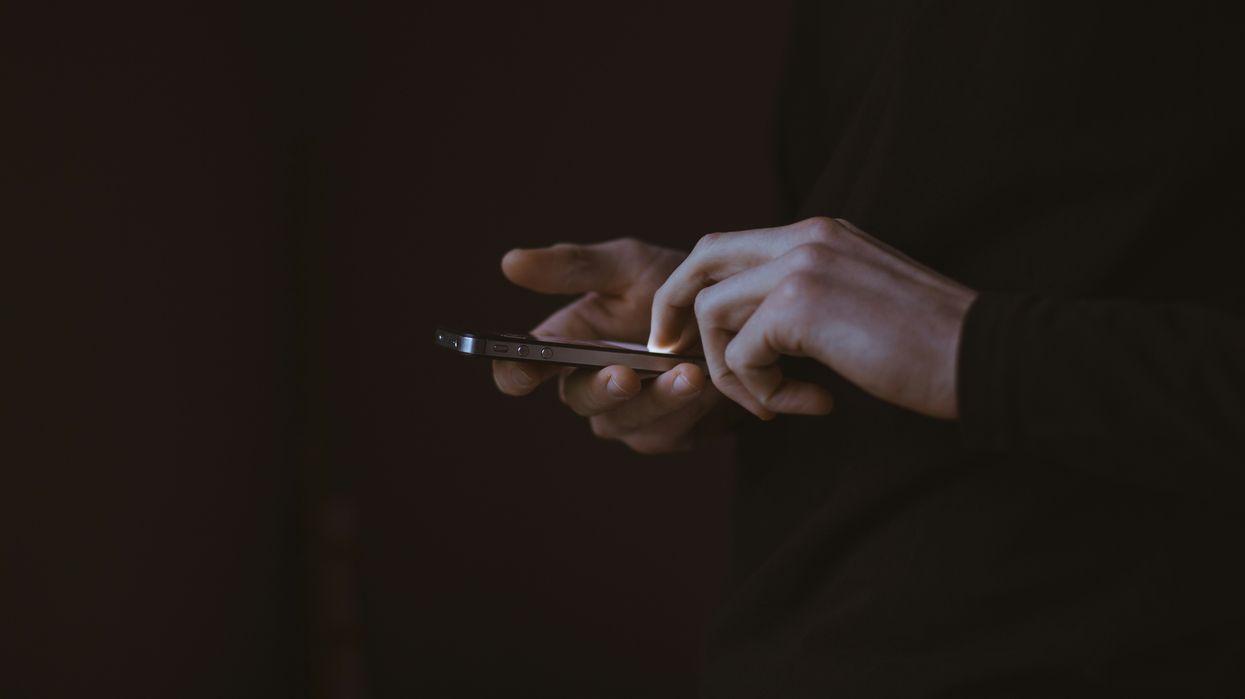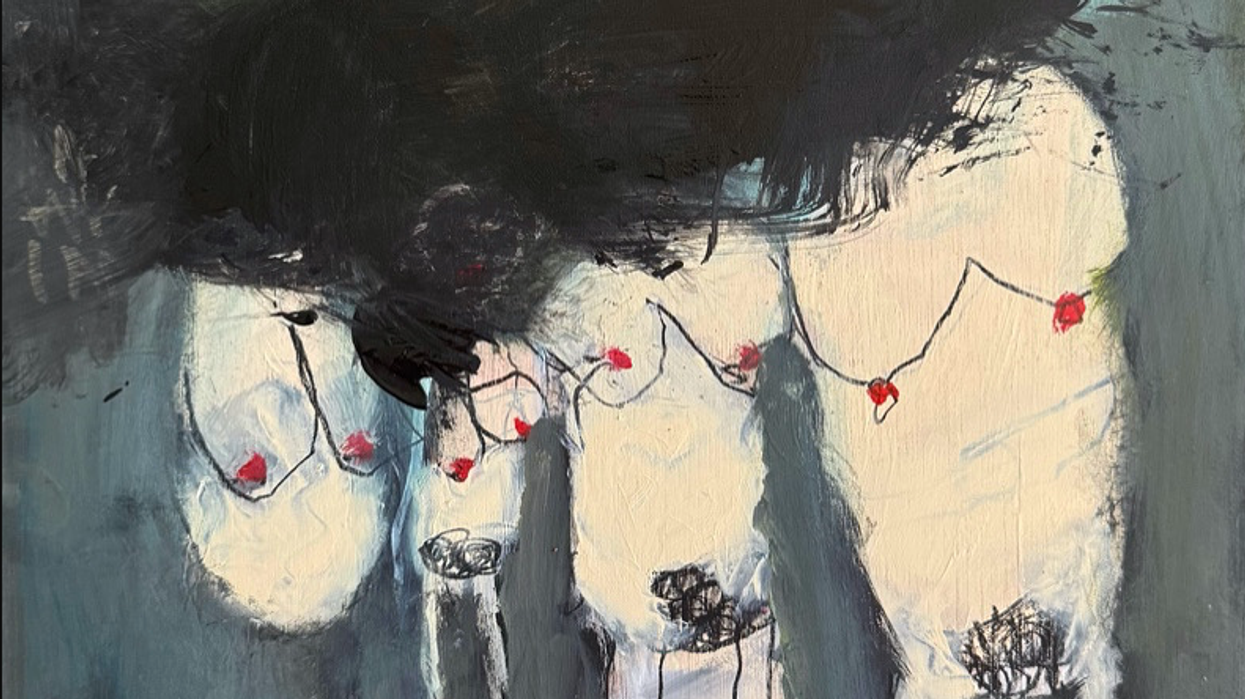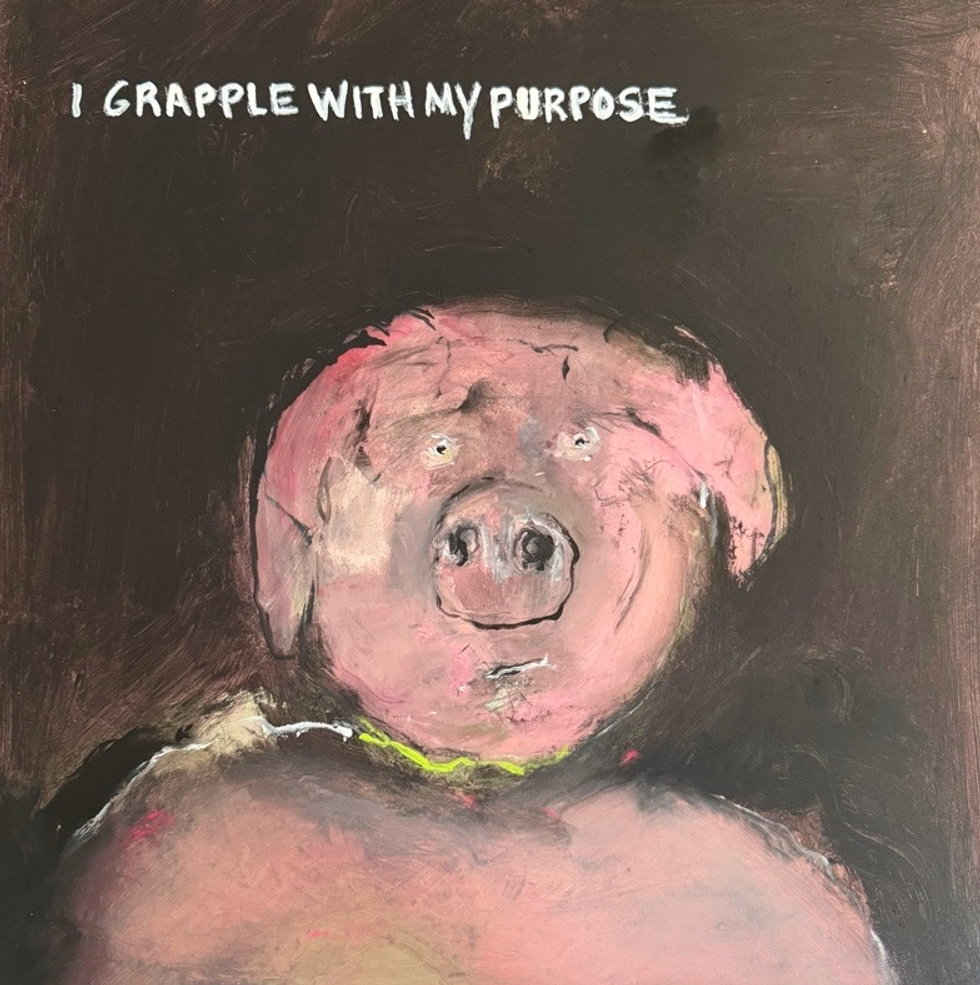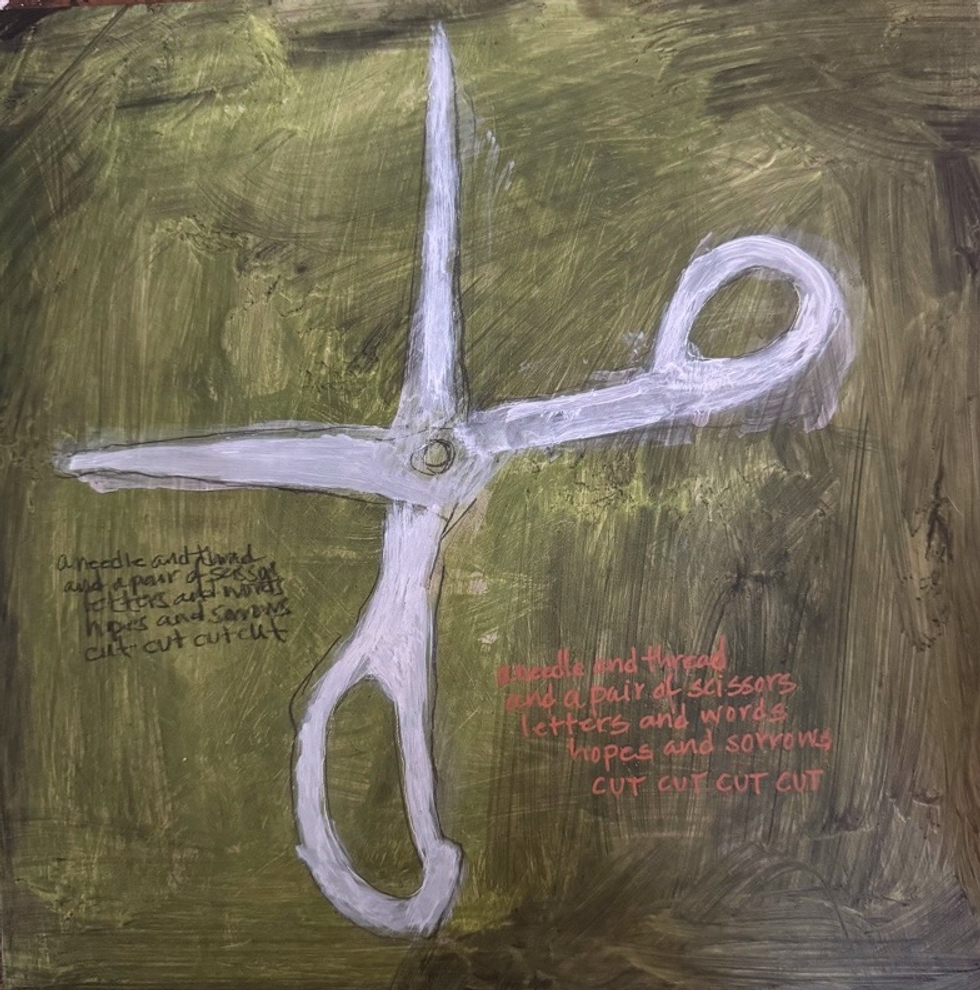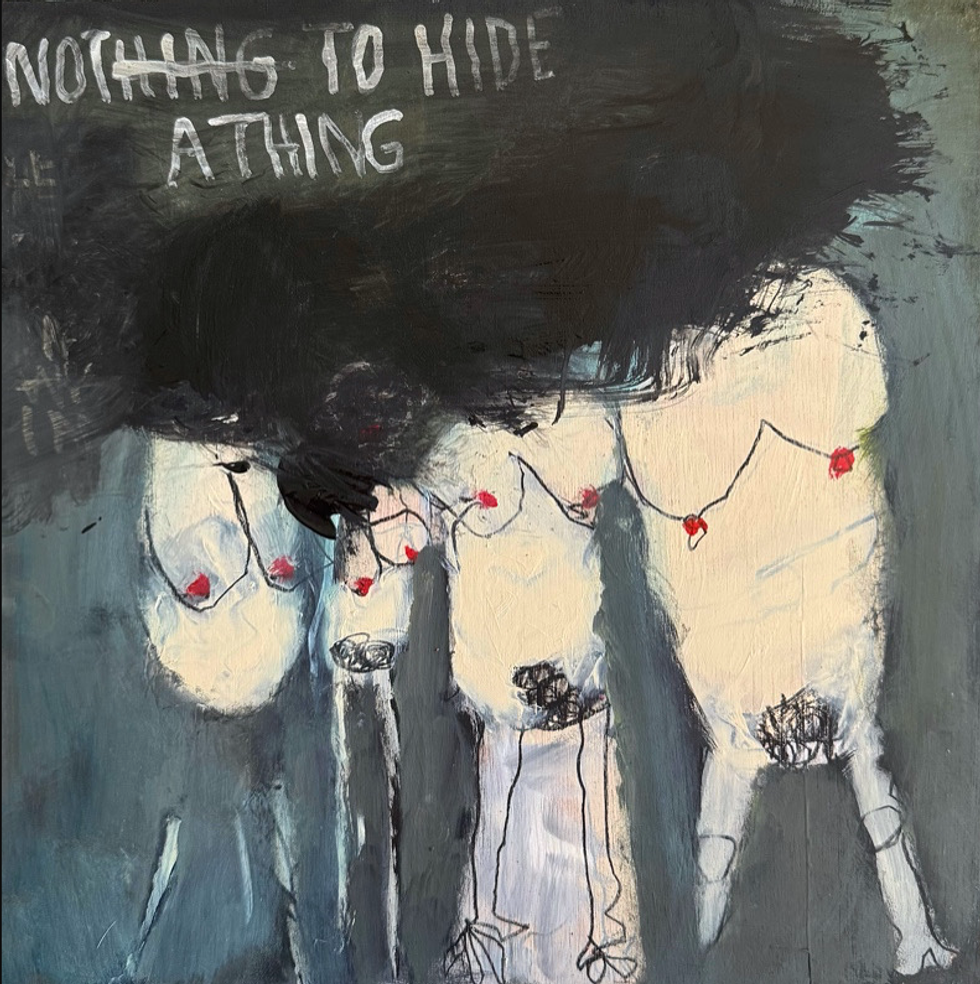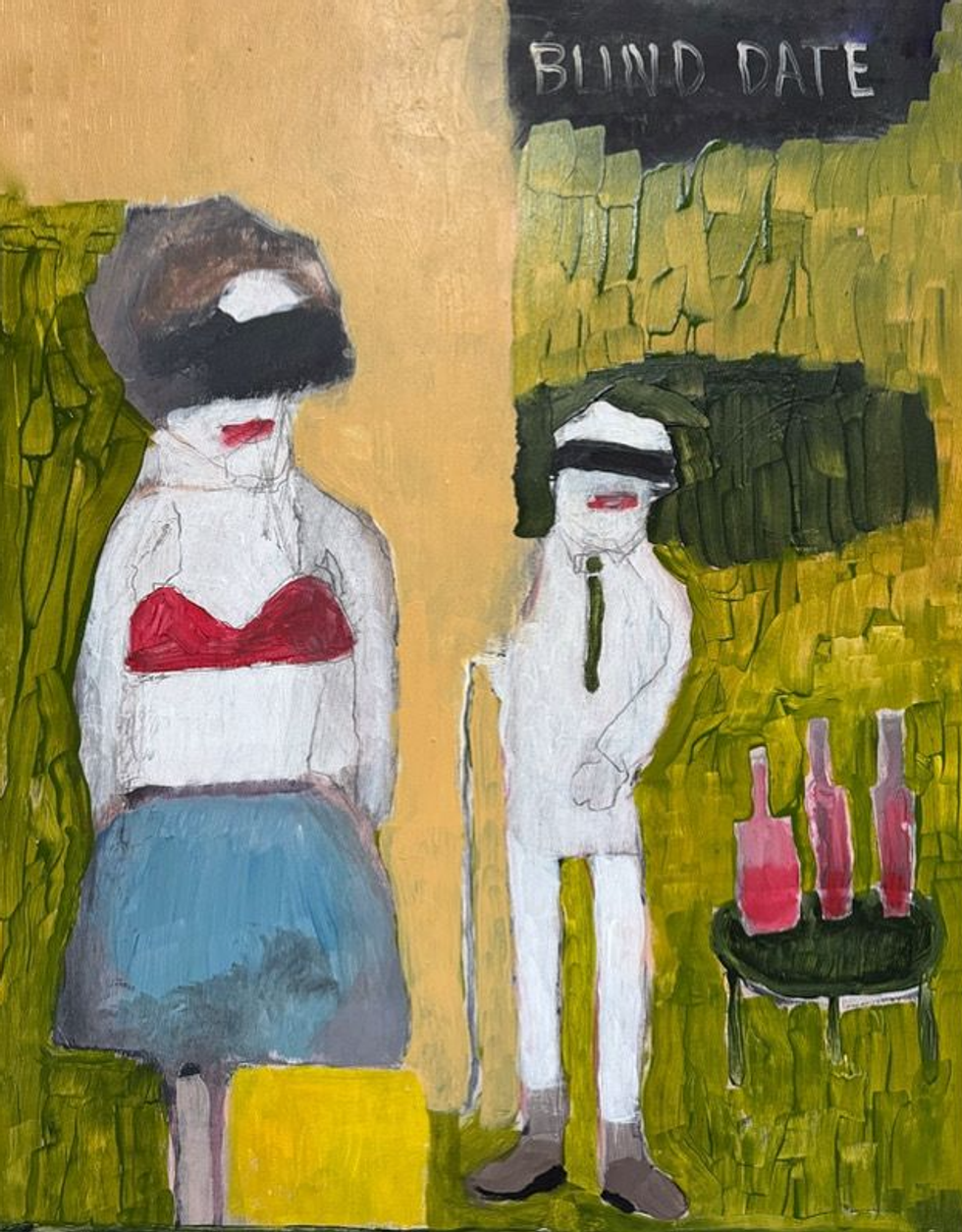For Gen Z, the so-called “third place” — home being the first, work the second — is increasingly digital. After work, after school, after errands, we log on instead of showing up. We join a stream. We scroll Instagram Stories. We reply to a group chat full of nothing but Reels.
These platforms simulate connection, but they’re ghostly in their own way. Faces behind glass. Voices without bodies. Friendships untethered from a shared physical world. The closest we often get to a “community event” is a Love Island watch party at a local bar or a Timothée Chalamet lookalike contest at a park. They’re fleeting, novelty-driven gatherings that offer a hint of togetherness but rarely the long-term glue that real community requires. And underneath it all, a new cultural mantra has taken root among Gen Z: I don’t owe anybody anything.
It sounds empowering and, in some ways, it is. It can be a necessary boundary, a shield against exploitation, a way to protect yourself from people who take and never give. But when it becomes a guiding philosophy, it hardens into something else: isolation disguised as self-respect. It turns community into something optional instead of an essential survival structure.
The truth is, building a village means being inconvenienced. It means showing up when you’d rather be in bed. Lending things you might not get back. Helping friends move their couches. Cooking extra food for someone who forgot to eat. It means accepting that relationships aren’t efficient or tidy. You won’t get equal returns every time. You won’t always feel “paid back.” But that imbalance is the point, because someone else will eventually carry you when you can’t carry yourself.
We didn’t choose this mindset entirely. We inherited a culture that prizes self-sufficiency above all else. The “capitalist grindset” isn’t just a workplace norm, but a personal identity. Free time feels wasteful unless it’s “building your brand” or improving your skills. Social time often doubles as networking. The pandemic didn’t create this shift — it just poured gasoline on it, normalizing a life where even the most extroverted among us now feel a little allergic to group plans, casual hangs, and the gentle inconvenience of other people.
Of course we don’t want to leave the house when there’s nowhere to go. Third places used to exist without a hefty price tag. A bowling alley. A diner. A park bench with friends passing around a bag of chips. But rising rents and the creeping logic that every hour should be monetized have turned these places into luxury experiences with $7 lattes and unspoken time limits.
What we’re left with is a generation fluent in the aesthetics of connection, but starving for substance. Transactional friendships. Loneliness dressed up as busy calendars. Group chats that fizzle out because nobody wants to be the one to host, to plan, to risk putting themselves out there. We can’t rebuild bowling alleys and cheap diners overnight. But we can decide that community isn’t something we consume. Instead, it’s something we can intentionally co-create, again and again, until it sticks.
Maybe the rebellion isn’t radical independence. Maybe it’s radical dependence — the messy, inconvenient kind. The kind that makes you get dressed on a rainy night to bring someone soup. The kind that keeps you at the table after the dishes are done, just because you’re not ready to leave. The kind that doesn’t measure relationships in favors owed, but in hours shared.
The kind that doesn’t keep score. It just keeps showing up.

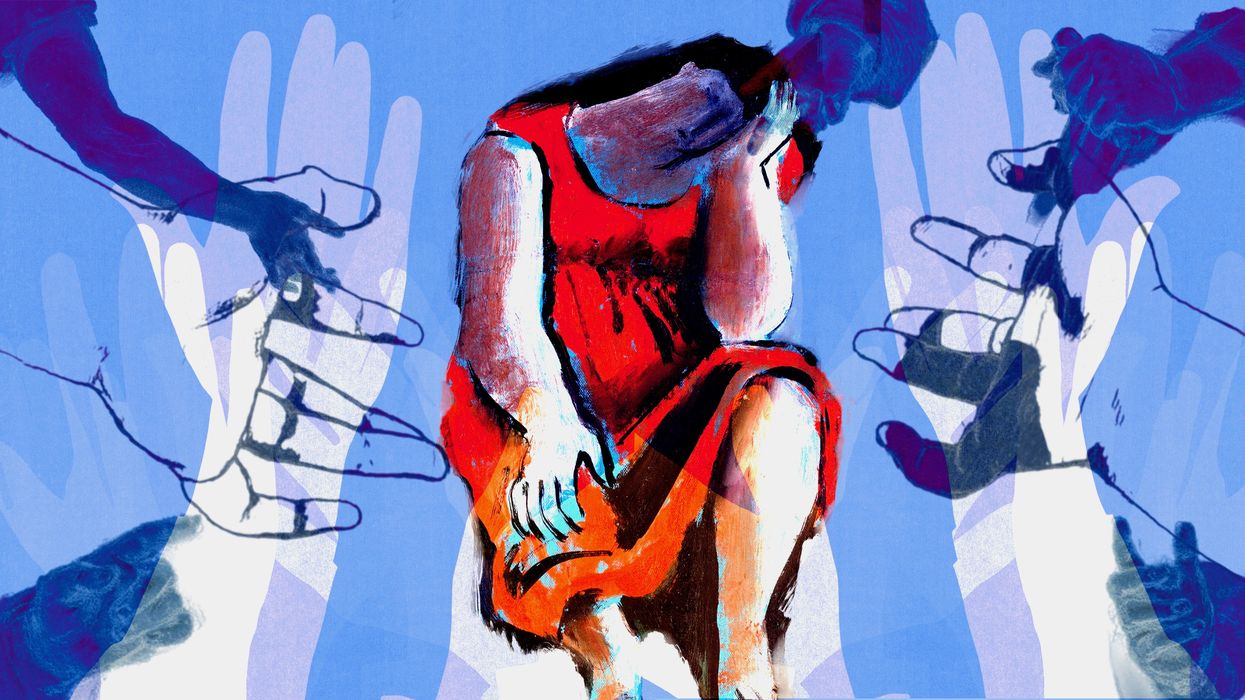
![[10/10] La Chimera: A Dreamlike Descent Into Grief, Memory and Myth](https://vextmagazine.com/media-library/image.png?id=61454821&width=1245&height=700&quality=90&coordinates=0%2C0%2C1%2C0)
